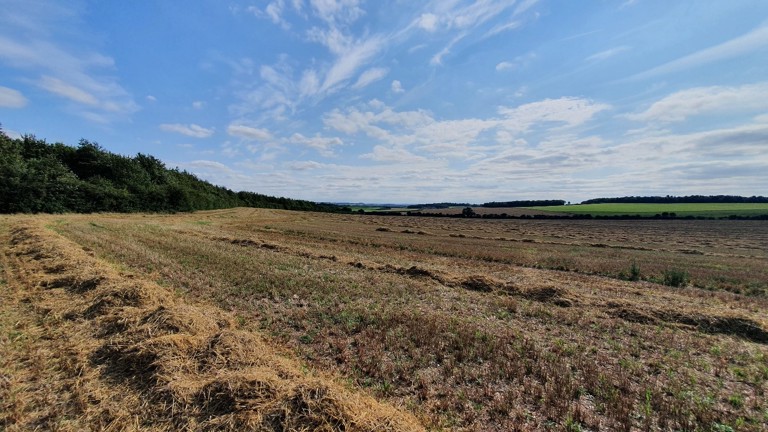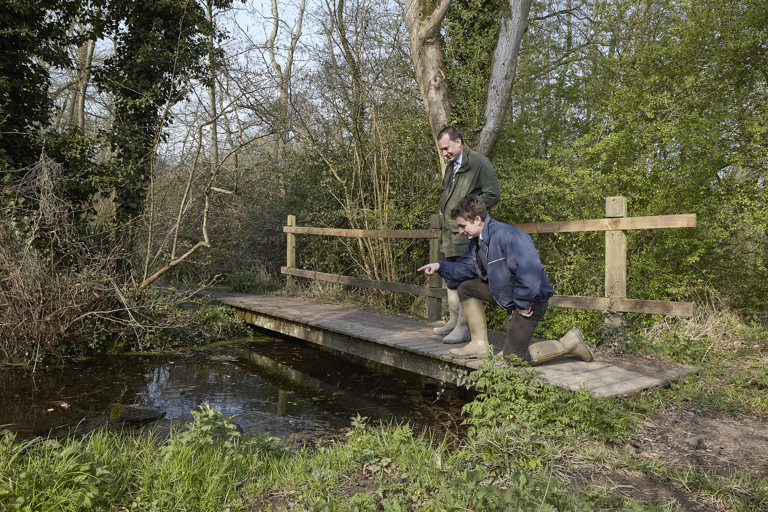The secretary of state for DEFRA will set long-term legally binding targets for a number of environmental factors including biodiversity by late 2022. Meanwhile the Government is expected to publish an Environmental Improvement Plan which will set interim targets for each five-year period, though these will not be legally binding.
The requirement on developers in England and nationally significant infrastructure projects to deliver at least 10% biodiversity net gain will help build Nature Recovery Networks across the country. This provides a significant opportunity to improve the extent and connectivity of habitat, with potential to create high quality habitat that is maintained in the long term.
Moreover, a new system of Local Nature Recovery Strategies (LNRSs) covering the whole of England will map the most valuable existing habitat for nature and specific proposals for creating or improving habitat, as well as agree priorities for nature’s recovery. This will provide further clarity to developers as to areas to avoid and priority locations for habitat creation and enhancement.
Some regions are a step ahead, having already generated Nature Networks which highlight key areas for improving habitat connectivity. Within the Cambridge Nature Network, for example, Bidwells successfully identified an optimal location for establishing a landscape scale biodiversity net gain initiative at Lower Valley Farm, South Cambridgeshire. Such strategic habitat creation allows environmental outcomes to be maximised and delivered and managed in a cost-effective manner.
These improvements to the natural environment will feed into ‘Biodiversity Reports’ that local authorities will be required to produce every five years as a requirement of the Act, which will provide valuable information to update LNRSs.
Land use changes for the purpose of conservation, including biodiversity net gain schemes, are to be covered by conservation covenant agreements. In the meantime, we continue to guide landowners, developers and local authorities in establishing contractual agreements for this purpose during this transition period.
Join our event in partnership with the LPDF to find out more.



